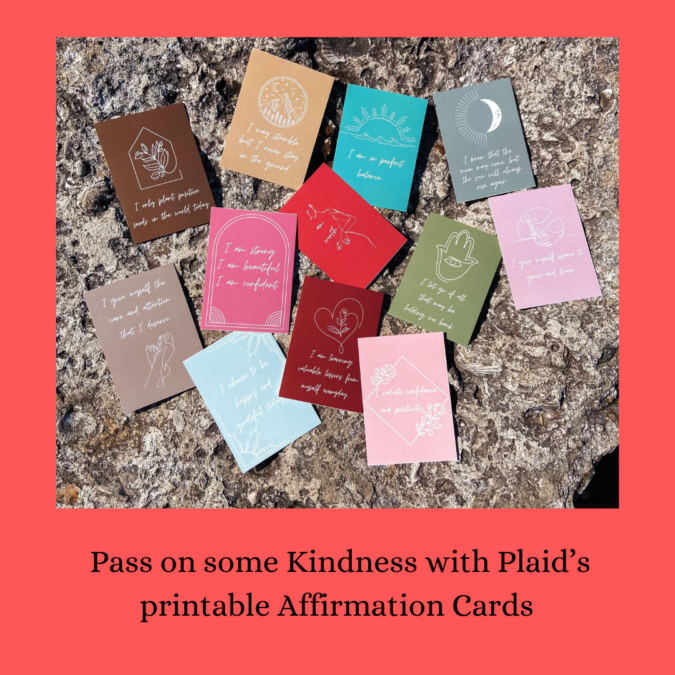I am not naturally patient; I want to accomplish and push forward. I say what’s on my mind because I don’t have time to wait for someone else to interpret the meaning behind my words. Even sitting still, I look busy. Being present? That’s not really me.
The only time people refer to me as “patient” or “calm” is when I wear my HR professional hat. My profession requires me to sit back, be objective, and lead by example. This was definitely a learned behavior. After college, two friends gave me feedback: one said I lacked tact; another said I could be abrasive. Well, that certainly wasn’t going to help me get ahead in my career. I knew I had to change my communication style, shut my mouth, and learn to use my filter. But in my personal life, I still ran around like a Tasmanian Devil.
Give Me the Action!
I thrive on variety and accomplishing tasks. I like fast-paced movies and sports. Give me the action! So, when I decided to pick up golf, everyone close to me said, “Golf? Really? You?”
I’ve played a ton of sports and golf has been the most difficult to learn – physically and mentally. It requires the most mind-body connection I’ve experienced in sports. In other sports like volleyball or basketball, you’re reacting. You don’t want to take a ball to the face – so you block it, pass it, or catch it.In golf, your brain has to tell your shoulders, core, arms, hands, hips, legs, and feet to all move in harmony while also keeping your head still to hit a tiny ball.You have to be in control of your body and mind to be successful.Being “fast” and trying to make shots happen in golf usually results in more mistakes.Approaching it like other sports with speed and power alone will probably backfire.
Individual Sports
Golf is an individual sport. I played team sports growing up – we lost as a team and we won as a team. Everyone had a role and you had to rely on each other to succeed. In golf, it’s only you. If I hit a bad shot into the trees, I have to get myself out of trouble and back in play. The worst is hitting bad shot after bad shot after bad shot and then missing putts. How do you mentally come back from that? It’s easy to tell someone, “Just let it go. It’s a new hole.” But when you’ve made triple, then double, and another double, all you’re thinking about is, “I don’t want to mishit this. What if I go right again?” Your thoughts are now quicksand – the more you try to fix the problem, the worse it gets.
The first three years of playing were tough. I had a reputation for getting angry on the course and using all my four-letter golf words… maybe even combining some. Yes, I’ve even been known to throw a club. In 2020, two lessons changed my perspective towards the game.
Lesson One
You can’t chase “perfect.” I read sports psychologist Dr. Bob Rotella’s book Golf is Not a Game of Perfect. I am a proud perfectionist, and I thought that’s how you played golf – by hitting perfect shots, hitting every fairway, every green in regulation, and only one or two-putting. Any golfer will tell you that’s not the case. Everyone has their own style, their own game. This is what Dr. Rotella opened my eyes to: golf is about mental attitude and confidence – not perfect execution because perfection is unrealistic.
(Now you tell me!?) Kind of sounds like a metaphor for life, right?
Other Takeaways
Note how aptly they apply to life and how they can help you reframe challenges.
- Mental approach dictates success.
- Striving for perfection leads to frustration – embrace imperfections and learn how to score off your misses.
- Confidence – the accumulation of positive thoughts – is key to performing well under pressure.
- Trust your swing (i.e., trust yourself).
- Focus on the Present: Focus on the current target rather than scores or past mistakes.
- Develop a Routine: A consistent pre-shot routine helps maintain focus, builds confidence, and helps enter a state of flow. (Focus on the process, not the result or past.)
- Accept mistakes and bad shots, focusing on the next opportunity.
- Cultivate a positive mentality and focus on past successes rather than failures.
- Enjoy the game.
Another Golf Pro said it more succinctly by calling it the “3 Cs.” These are the thoughts I keep with me on the course: Clarity + Commitment + Composure = Confidence.
- Clarity (of shot) – Focus on your target.
- Commitment – Commit to your shot. (No indecisiveness.)
- Composure – Keep your composure. If you need to get mad, get mad for 10 seconds and then move on.
Lesson Two
Seven seconds of concentration. An average round of golf takes about four hours. The average weekend golfer shoots around 95-100. That’s 95-100 times standing over a ball and thinking about making your entire body do what your mind is telling it. If that golfer two-putts all 18 holes, that’s 64 swings in a round. That’s a lot of time to be with your golf thoughts! Talk about mentally exhausting.
Our Golf Pro told our beginner golfer group, “Seven seconds of concentration – that’s it.” You only focus on golf while standing over the ball. The rest of the time, enjoy nature and the people in your group. Be present on the course. This especially means that you don’t agonize about the last shot or think about the next hole. And no, that doesn’t mean you can give that other time to work, your phone, email, etc. You still need to be present on the course.
Being Intentional
Golf has made an impact on my life off the course. Yes, I’m still a Tasmanian Devil cleaning up every room as I walk into it. However, I’ve learned to develop routines that inspire confidence and give up the goal of perfection. I’ve also learned patience – although it’s still not my natural state. “Being present” for me means focusing for a short period of time (to “lock in”) and being intentional with my time.
These lessons have helped me be a better version of myself for my friends and family. I am intentional with the time I give them because I want to be present and focus on that relationship. The idea of “one shot at a time” also translates into “one hour at a time,” helping me focus on what I can control and release the rest.
What would shift for you if you approached your day hour by hour, moment by moment? What does your “seven seconds of concentration” look like?












